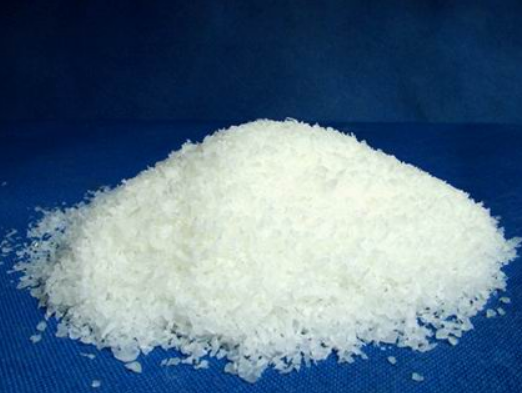Under normal circumstances, plastic bags are insoluble in water, but there are also “plastic bags that can dissolve in water”, and it is one of the green plastic bags, usually called “PVAL”. The chemical name of PVAL is polyvinyl alcohol (PVL). There are a large number of hydrophilic hydroxyl groups in the molecule, so it can be dissolved in water.

PVA plastic has been invented in the 1920s and has a history of 80 years of production and application. With the rapid development of the petrochemical industry, the production of PVA plastics in various countries in the world is increasing day by day. The history of PVA plastic production in my country is relatively late, and its application The field is also narrow, mainly used in construction, paint, glue, textile and sizing, etc., and its dosage is also limited. Although it is also the main raw material for the production of vinylon, people no longer welcome the original “Qingliang” fabric. Its application method is also relatively simple, almost all use its PVA plastic solution. So far, the annual production capacity of PVA plastics in my country has reached more than 500,000 tons. Traditional application fields are gradually eliminated. Therefore, opening up new application fields for PVA plastics has become the focus of attention. In order to open up new application areas, new processing methods must be studied.
At the moment when the world puts forward the slogan of banning plastics, all countries attach great importance to the problem of white pollution, because plastic bags that are not degradable for 300 years have polluted our planet. Now environmental experts have proposed that degradable plastic bags can replace the use of traditional non-degradable plastic bags, so PVA has a new field of use and use value. So now there are degradable plastic bags that can dissolve in water. PVA plastic has good biodegradability, starch has better biodegradability, so the blend of the two becomes a good degradable plastic raw material.
However, PVA plastic and starch have their common shortcomings, such as high brittleness, poor thermal stability, and difficulty in molding. When used as ultra-thin products, the particle size of starch directly affects its novelty. When used as thick products, because both PVA plastic and starch have a flexible molecular chain structure, the strength is poor, but these problems have been solved by scientists, and the annual output of my country is currently trumpeting the production scale of 500,000 tons.






